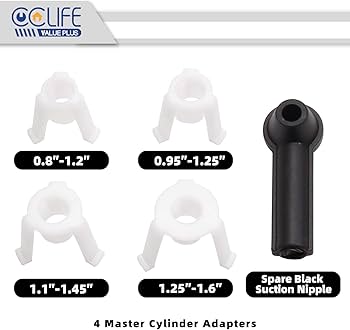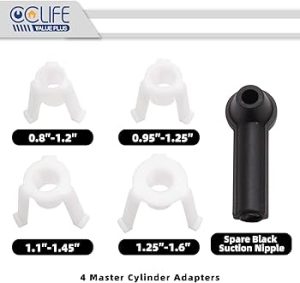

**The Effect of Spare Parts on the Durability of Truck and Motorcycle Fleets**
In the realm of logistics and transportation, the durability and dependability of vehicle fleets are essential. Trucks and motorcycles, vital to both supply chain operations and personal transport, necessitate consistent maintenance to achieve peak performance. A key element influencing the lifespan of these vehicles is the accessibility and quality of spare parts. This article explores the effects that spare parts have on the durability of truck and motorcycle fleets.
**Standard of Spare Parts**
The standard of spare parts is a crucial factor in vehicle durability. Superior quality parts, frequently produced to meet or surpass original equipment manufacturer (OEM) criteria, guarantee that vehicles function efficiently and securely. The use of inferior or counterfeit parts can result in frequent malfunctions, heightened maintenance expenses, and diminished vehicle lifespan. Consequently, investing in high-standard spare parts is vital for fleet managers seeking to enhance vehicle durability.
**Accessibility and Supply Chain**
The accessibility of spare parts represents another vital aspect. An effectively managed supply chain ensures that parts are available as needed, reducing downtime. For fleets operating in remote or difficult locations, possessing a strong inventory of essential spare parts can avert prolonged periods of inactivity due to repair lags. Effective logistics and collaborations with trustworthy suppliers can improve the accessibility of necessary components, thereby supporting fleet durability.
**Preventive Upkeep**
Spare parts are integral to preventive upkeep strategies. Routine replacement of wear-and-tear items, such as brake pads, filters, and tires, can avert more serious problems from arising. Preventive upkeep not only lengthens the life of individual vehicles but also boosts the overall dependability of the fleet. By arranging regular assessments and part replacements, fleet managers can detect potential issues before they escalate, ensuring vehicles remain functional for extended durations.
**Technological Innovations**
Technological innovations have resulted in the creation of more resilient and efficient spare parts. Developments such as enhanced materials, precision fabrication, and improved manufacturing techniques contribute to the creation of parts that endure longer and perform more effectively. For example, contemporary engines and transmission systems benefit from components engineered to survive higher stresses and temperatures, thus prolonging the service life of trucks and motorcycles.
**Financial Aspects**
Although high-grade spare parts may entail a greater initial expenditure, they frequently lead to long-term savings. Decreased repair frequency, diminished risk of catastrophic breakdowns, and an extended vehicle lifespan lead to lower overall maintenance costs. Fleet managers must balance the upfront expenses with potential savings to make well-informed decisions that promote long-term fleet viability.
**Ecological Factors**
The use of long-lasting spare parts also brings environmental advantages. Parts with extended life spans require fewer replacements, resulting in reduced waste and less environmental burden associated with producing and disposing of parts. Sustainable practices in fleet management, including the adoption of eco-friendly spare parts, aid in environmental conservation efforts.
**Final Thoughts**
The significance of spare parts on the durability of truck and motorcycle fleets is immense. Quality, accessibility, and technological progress in spare parts are vital for sustaining reliable and efficient fleets. By emphasizing high-quality components and enacting thorough maintenance strategies, fleet managers can guarantee their vehicles remain functional and cost-effective over prolonged periods. As the transportation sector continues to advance, the significance of spare parts in fleet durability will continue to be a key consideration for sustainable fleet management.






